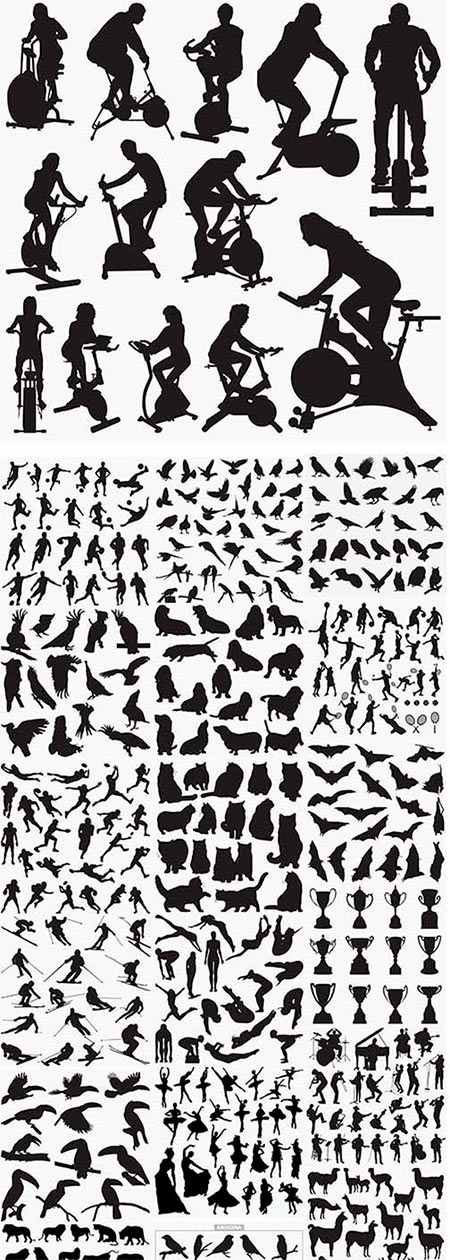
Life in space poster with rocket and astronaut launch
EPS | JPG | Size: 34 MB
|

Bakery Logo and Badge Modern Style
EPS | 500 KB
|

Retro Space Rocket Ship
EPS | 7.1 MB
|

Summer Seasonal Sale Shopping Badge
EPS | 6.2 MB
|

Abstract brown wooden design watercolor texture
EPS | JPG | Size: 82 MB
|

Creative luxury mandala with heart-shaped illustration
EPS | JPG | Size: 34 MB
|

Set of different dinosaur cartoon character isolated
EPS | 1.97 MB
|

38 Set in 1 Bundle - Black Silhouettes
EPS | 15 MB
|

Vintage Workshop Emblems Set
EPS | 675 KB
|

Set of Vintage Gentlemen Emblems
EPS | 618 KB
|
« 1 2 ... 39 40 41 42 43 ... 1657 1658 » |
Векторная графика, в отличие от растровой, строится не на основе сетки пикселей, а на математическом описании геометрических объектов - линий, кривых, многоугольников. Это позволяет векторным изображениям масштабироваться до бесконечности без потери качества, оставаясь четкими и гладкими даже при многократном увеличении. Каждый элемент в векторном изображении - это независимый объект, который можно редактировать отдельно, изменяя его цвет, форму, размер, положение, и т.д. Это делает векторную графику идеальным выбором для создания логотипов, иллюстраций, шрифтов, и других изображений, где важна четкость и масштабируемость.
Одним из ключевых преимуществ векторной графики является её компактность. Поскольку векторные изображения описываются математическими формулами, а не информацией о каждом пикселе, файлы обычно значительно меньше по размеру, чем их растровые аналоги. Это особенно важно для веб-графики и анимации, где размер файла напрямую влияет на скорость загрузки страницы и производительность. Кроме того, векторные файлы легче редактировать и обновлять, поскольку изменение одного объекта не требует повторной обработки всего изображения, как в случае с растровой графикой.












